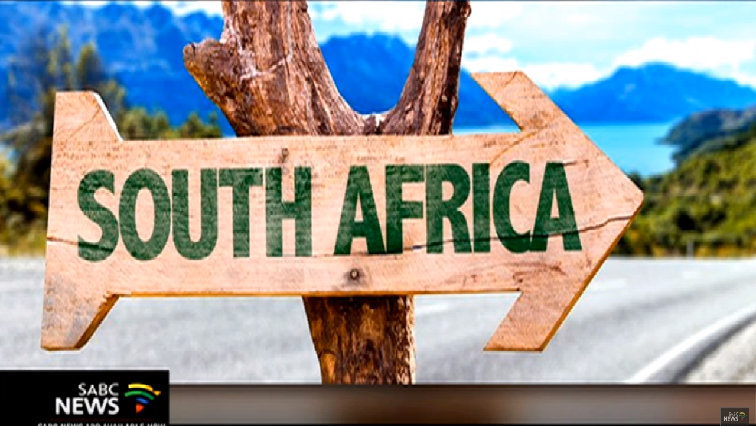President Cyril Ramaphosa’s State of the Nation Address in June set out government’s plans to double international tourist arrivals to 21-million by 2030. He said at the time that this would be achieved through the renewal of the country’s brand, introducing a world-class visa regime while focusing on key international markets; one being the North American region comprising the United States and Canada where a delegation led by SA Tourism just concluded a multi-city roadshow.
A visit to engage with stakeholders in the number two source-market for international arrivals. And the first time SA Tourism collaborated with the country’s Tourism Business Council on such a trip – as team SA seeks to double the number of international arrivals from the current 10.4-million annually.
President of SA Tourism North America, Jerry Mpufane believes it is possible.
“Is it doable – we believe so. I think from a North America perspective, we looking at a situation where we have to grow this market between 7 and 8% every year for the next 10 years. We’ve been there before, we’ve grown this market 10% plus, we currently growing at about 3… 4% with enough effort, the right partnerships, best story-telling that comes out of South Africa, I believe we can achieve it.”
Over the last two weeks, they traveled to Los Angeles, California then onto Denver Colorado. Toronto, Canada was the next stop before landing in Chicago, Illinois with the roadshow ending in the Big Apple.
“Out of North America currently, SA receives the majority of the travelers in that demographic from 25-45 already. We also know that somewhere between 23-25% it is the 18-25 demographic so the traveling segments of our North America are already getting younger and younger so our job is to protect the big numbers coming out of the seniors, the big numbers coming out of the 55 plus but we have this opportunity where we can get – particularly adventure travelers coming into South Africa.”
The trip was focused on engaging trade partners, tour operators, and travel media who still serve as a key conduit between prospective travelers – who are often a varied demographic in North America – and destination SA. And given the potential for growth that this and other markets present particularly from younger travelers, so too comes the work to satisfy a broader spectrum of concerns.
Perceptions remain that South Africa has a violent crime problem while load-shedding, strike protests, elements of xenophobia and econ-tourism have also factored into conversations here.
The Tourism Business Council of South Africa’s CEO Tshifhiwa Tshivhengwa says, “Perception is an issue, it’s coming into the market. I think that we as South Africans have to really look at ourselves and say are the messages that we’re sending out there, be it in social media or anywhere else, they’re not helping. We have a target to deal with here, we need to grow tourism to 21-million, this will translate to 2-million new jobs, additional new jobs within the tourism economy and if we do that, we should be able to see unemployment tick down and us, as South Africans, when it comes to perception, it’s within our control, it’s something that we need to be able to say, wait a minute, how do we do things differently.”
To grow visitors, having the travel capacity to accommodate that growth cannot be ignored.
Executive Vice President for South African Airways North America – Todd Nueman says, North America, particularly the US being one of the largest source markets, will play very strongly to any future plans we may have for further expansion in the US or in North America. One of the number one things that I think that North Americans look at Africa in general – they look at it as a Safari destination. Once they start to do some research and looking at the variances in the continent and they start to look at SA, they realize that there’s more than just safari, that it’s the beautiful cosmopolitan cities of Johannesburg and Cape Town, it’s the wine region, it’s a natural beauty, the adventure aspect of it as well.”
Other key markets identified include Central Europe, the UK, China, India, Australia, and Nigeria.
Click on the video below:






